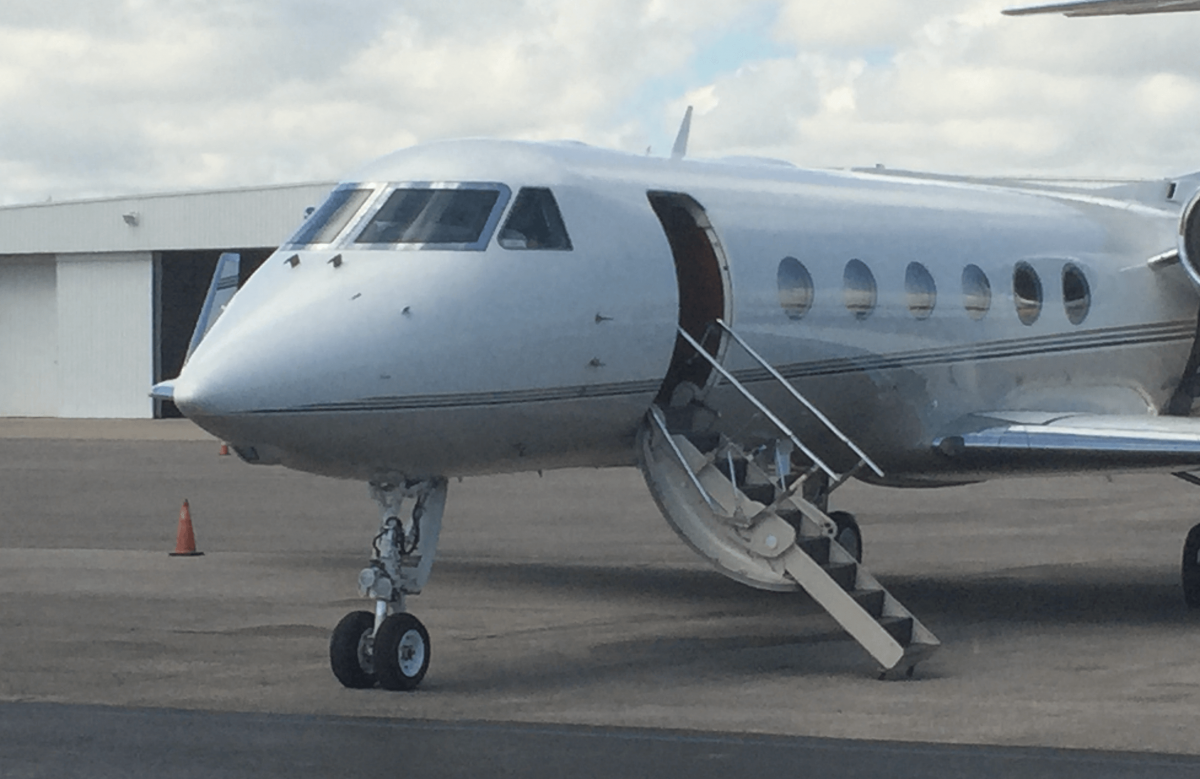
Let’s start with the good news. When you fly privately, you don’t have to worry about fisticuffs or surly flight attendants. You avoid snaking TSA lines, and increasingly crowded terminals. You use more convenient airports, saving time. On the other hand, 20% of subscribers to Private Jet Card Comparisons experienced service lapses in recent months. The letdowns come as private flying has soared to record levels.
Data from Argus shows June was the busiest month since October 2007 – nearly 15 years. WingX data shows over the July 4th weekend, private flights in the U.S. soared 44% ahead of 2019 pre-Covid levels.
According to subscribers, typical were delays of two to three hours. However, there were also reports of billing errors, catering misses, and service bars not replenished. More severe was being downgraded to smaller aircraft. In at least one case, it necessitated a fuel stop. In a couple cases, recovery after a mechanical from the Caribbean took more than 24 hours.
Jet card customers can take heart that users of on-demand charters reported difficulty booking acceptable aircraft on short notice, higher pricing, and more quotes that were non-refundable and non-changeable. In other words, once they booked and paid, they were stuck.
“Prices are close to double what I was paying six months ago,” said one subscriber who flies in the Midwest. Several said they are now looking at buying into jet card programs to secure fixed-rate pricing.
Reports of problems were evenly split between new private aviation users and subscribers who had been flying privately before Covid-19.
What can you do?
Sellers all say book early. The ability to change or cancel flights after the booking is a benefit of most jet cards. By mapping your flights out in advance, you give your broker more lead time to source your flights and figure out backup options in case there is an operator cancelation. For operators, it gives them a better view of future schedules, which impacts allocating pilots and scheduling maintenance.
Another tip is to check that your flight is on time before you head to the airport. Tracking your aircraft on its inbound flight, if possible, is the best way. Providers should notify you about delays in advance. Still, I’ve received more complaints from readers in the past two months than the last five years.
Operators have reported delays getting refueled as FBOs struggle to staff back up and cope with the surge. A delay upstream can impact your flight.
NetJets recently noted, “The vast number of flights is taxing the air travel infrastructure in ways we haven’t seen in years—everything from fueling and ramp space to catering and ground transportation are being pushed to their limits in many locations.”
This brings us to another way you can help. Depending on your contract, your supplier may wait if you are late. But even just being on time can impact scheduling.
FBOs can sometimes be hard to find. Google maps don’t always match the lounge location. Then when you get there, locating the pilots and loading the luggage can take 10 or 15 minutes. At Opa Locka Executive Airport in Miami where traffic has nearly doubled pre-pandemic levels, waits to takeoff have ranged up to 45 minutes once you get in the airplane.
Getting to the FBO 30 minutes – or earlier – before your scheduled departure can help. The sooner you are ready to go, the sooner you can get going and hopefully minimize any delays. That also lessens the impact downstream.
One operator told me they proactively talk to clients asking them to slide schedules in advance if it’s not inconvenient. For the most part, clients are okay if they know in advance, and it’s their decision, I’m told. Virtually all card programs retain the right to move departures by +/- 3 hours on peak days. It’s a good reason to stay clear of peak day flying.
For jet card sellers, they may want to take a more proactive approach when customers experience even small delays.
Of subscribers who had experienced a service letdown, satisfaction (rating their suppliers very good/excellent) was significantly lower than those who didn’t by a 61%-to-89% margin. Those who had a recent issue were also more likely to rate their provider below average or poor by an 8-to-1 margin.
Several respondents said they were also surprised and perhaps disappointed that they didn’t receive any attention from senior executives.
“In my company, anyone who doesn’t rate us an eight (or higher on a scale of 10) gets a call from our chief operating officer or me,” one subscriber told me. Another added, “I like my sales rep, but frankly, I was a bit surprised I wouldn’t have had somebody more senior reach out.”
In an interesting twist, respondents who haven’t had issues were more likely to have changed programs in the past 18 months by a 25% to 16% margin.
One thing that doesn’t appear likely – even with private flyers who have experienced problems – is a move back to the airlines. Nearly three-quarters (73%) say they will be flying privately more post-pandemic than before, with 24% flying a similar amount and just 3% flying less.
A subscriber who said he had multiple delays in recent months added, “Still, much better than the airlines.”
The survey was conducted via Survey Monkey from July 4 through 9, 2021, with over 225 respondents. It has a margin of error +/- 4%. A donation of $10 to the respondent’s choice of Feeding America or Homes For Our Troops was made for each completed survey. Private Jet Card Comparisons subscribers pay $250 per year to access detailed comparison data covering over 50 jet card providers and PREMIUM CONTENT articles that can save thousands of dollars for a single flight.